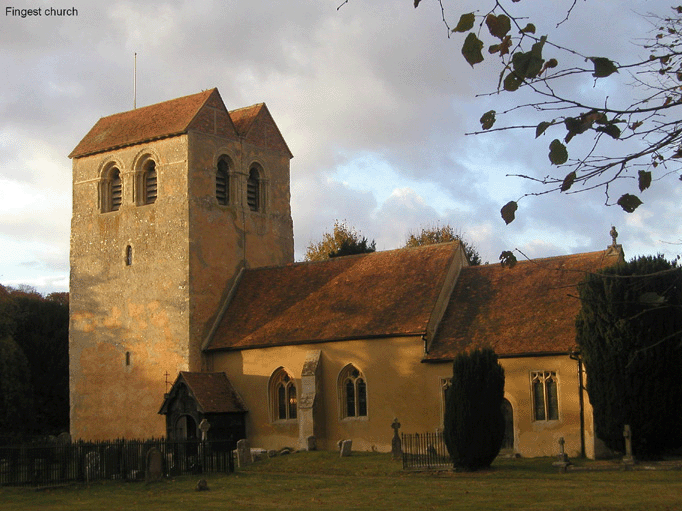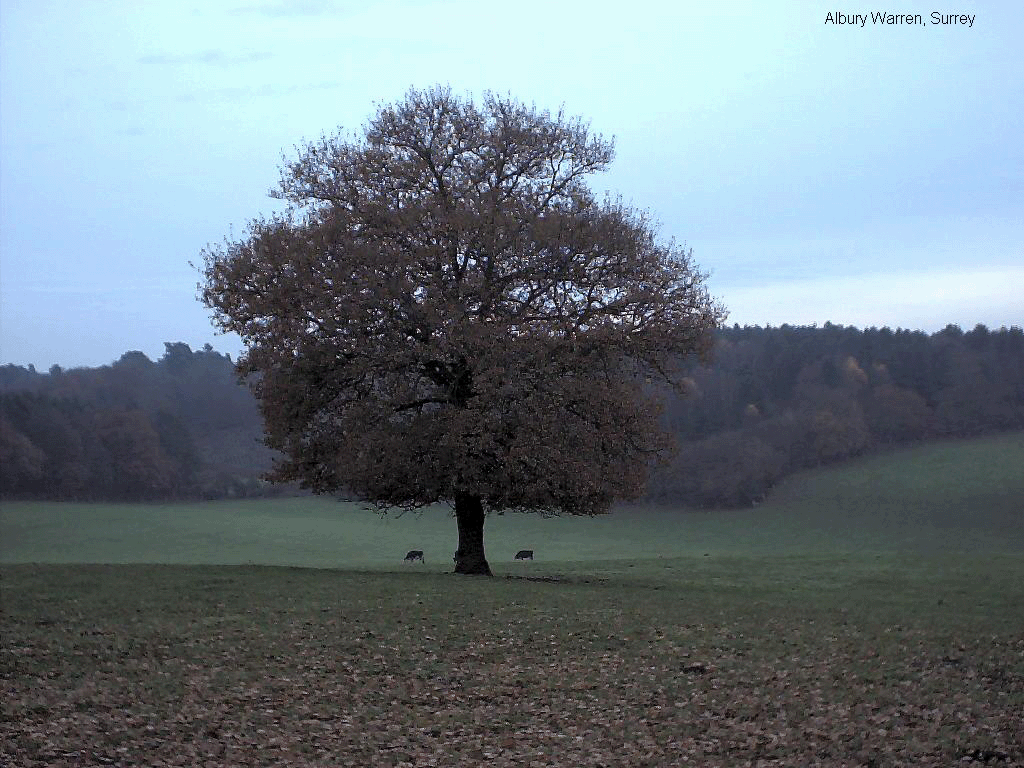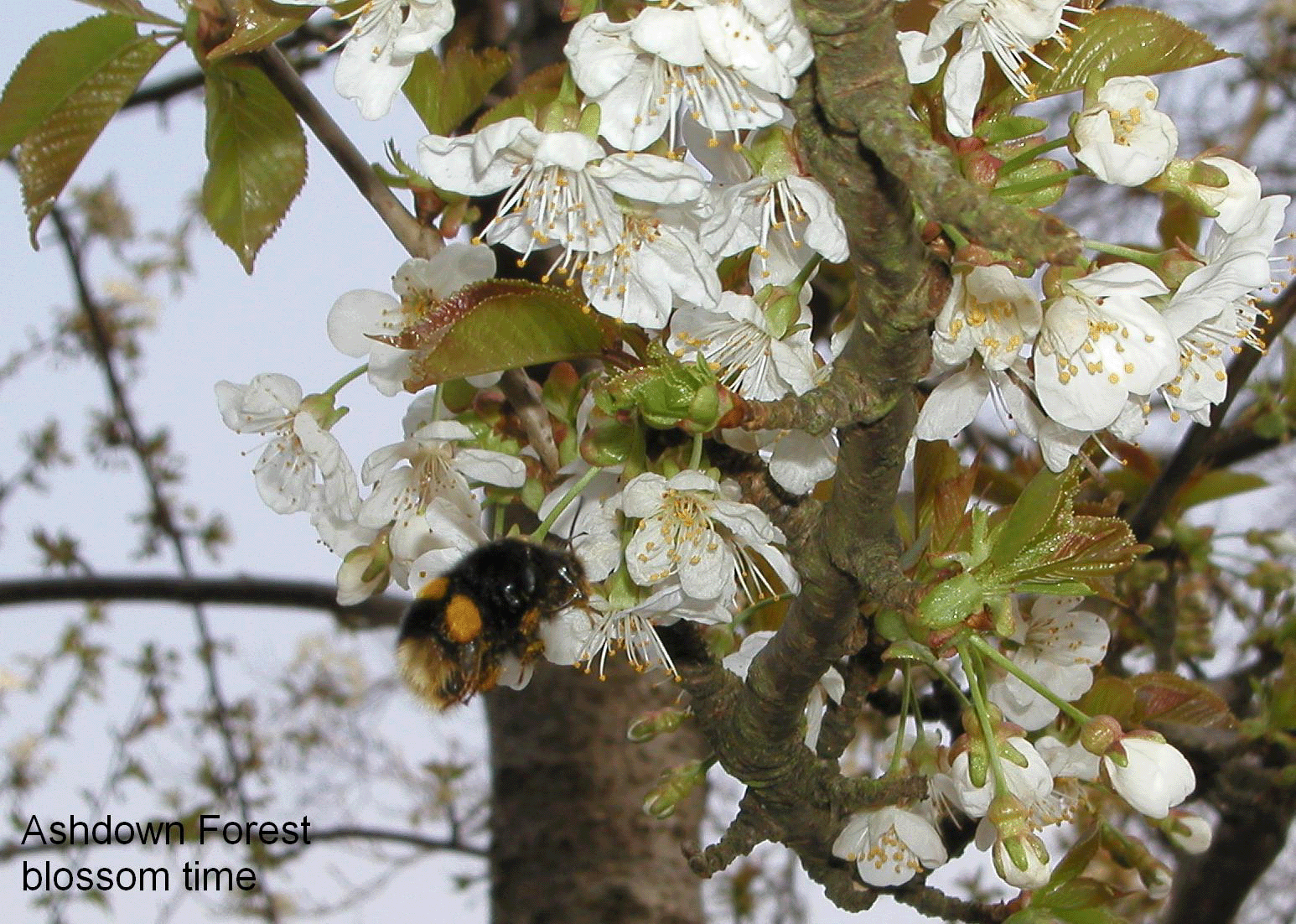


This page explains the various terms used in our walking guides.
'm' is used for 'metre', thus '100m' means '100 metres' or 109 yards.
'meadow' is used to mean a field of grass as opposed to just 'field' which is used if it's cultivated or ploughed.
'shortly' means 'within 100m'. 'soon' means 'within 100m-500m'. 'eventually' means 'within about 1 km'.
'or so' means 'up to 30m more'; thus '100m or so' means '110m to 130m'. 'nearly' means '80%-90%'; thus 'nearly 1 km' means '800m-900m'. 'about' and 'roughly' combine 'nearly' and 'or so'.
'path' means a footpath, usually narrow, not used by vehicles of any kind. It may also be used generally to mean any 'way' or 'route'.
'footpath' is a statutory term meaning a path which is also a permanent right-of-way. Note that horses do sometimes legally use footpaths: the law is a bit complex and varies from region to region.
'bridleway' is a statutory term meaning a path that can be used by horses and bikes. A bridleway will have no stiles and any gates will have an easily-accessible catch. Bridleways are sometimes churned up by hooves, so our walks generally use footpaths in preference.
'track' is wider than a path, usually surfaced with dirt, cinders or gravel, such as a farm track.
'drive' or 'driveway' is a private route for cars etc. to house(s), sometimes surfaced.
'lane' is a quiet tarmac route, pleasant for walking: you would meet very little or no traffic.
a 'permissive' path is one where walking (or riding) is allowed by permission of a landowner. There is no legal right and the landowner can withdraw permission at any time. Permissive paths may be marked or they may be provided informally, sometimes by tacit arrangement with local people.
a 'swing-gate' is a hinged gate which can swing back and forth between two uprights, thus preventing the escape of livestock.
a 'kissing-gate' is a tall hinged gate which swings in a circular arc between two uprights, so that if two people enter together they nearly 'kiss'. Modern metal gates often have a similar circular shape although they are not tall. Nevertheless, these gates are often referred to as 'swing-gates'.
'diagonal(ly)' means 'not at right angles', 'at a sharp angle', e.g. 'cross the field diagonally', 'a diagonal crossing path'.